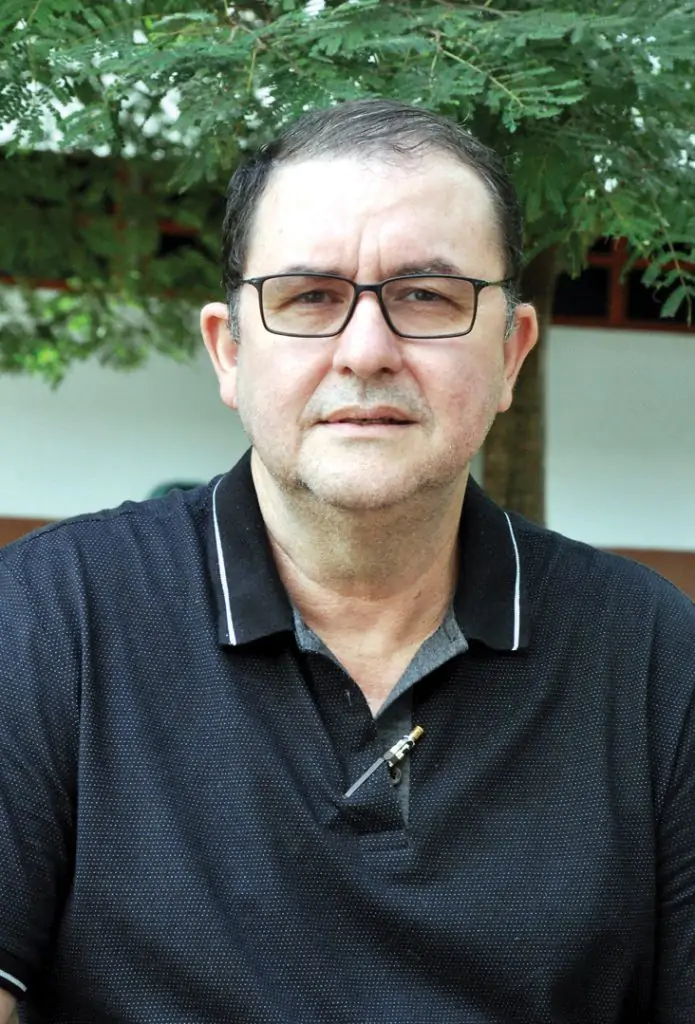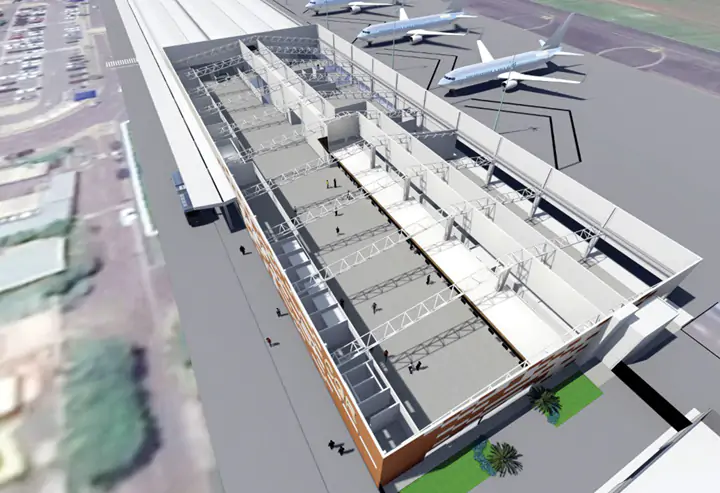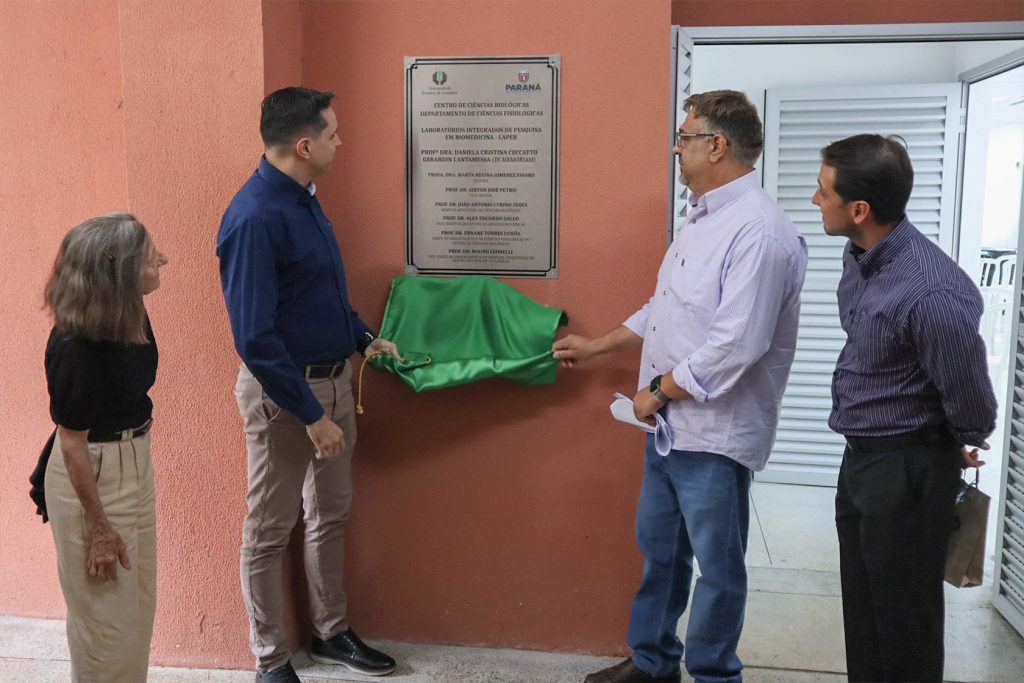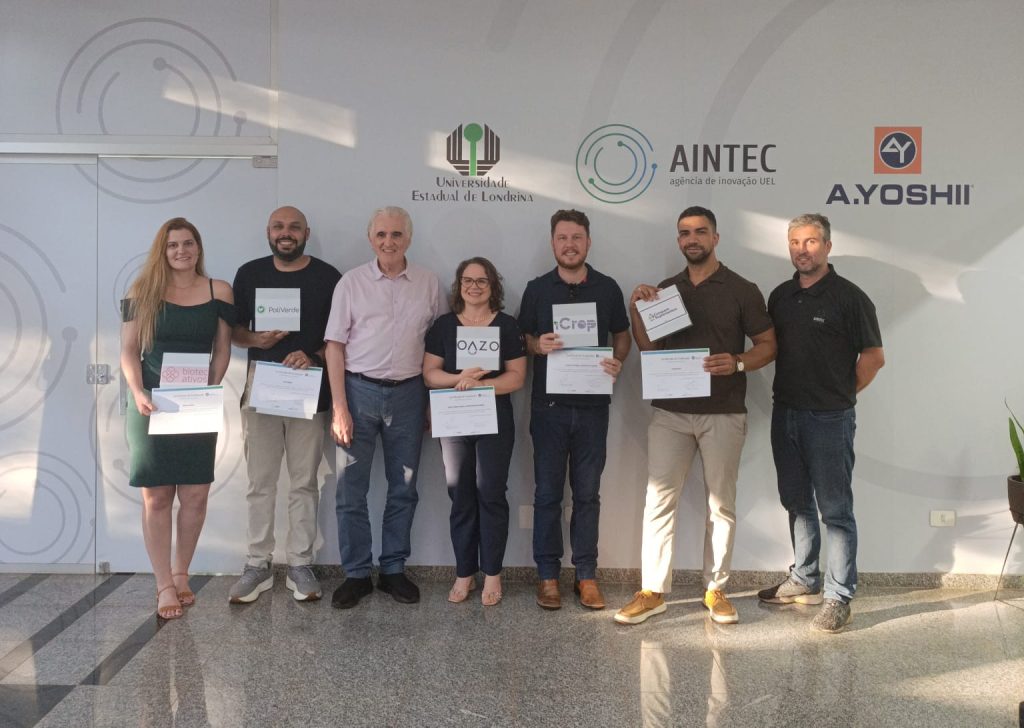[EN] Project prepares airport projects for municipalities
[EN] Project prepares airport projects for municipalities
Silvestri coordinates the Airport Planning project, which is linked to the Society Service Program (PAS) and, since 2018, provides technical advice about airport planning to municipalities, states, and the federal government.When he started working with airport architecture, André Luis Sampaio Silvestri used to hear that he would have no future in the field. How could he become a professional and pursue a career in architecture and airport projects if each city could only have one airport?
Silvestri completed his degree in Architecture and Urbanism at UEL in 1985, with a final graduation project in which he designed an airport. Today, 37 years later, he collects projects all over Brazil. The career in airport architecture, which had everything to be a flight of fancy, took off.

Silvestri coordinates the Airport Planning project, which is linked to the Society Service Program (PAS) and, since 2018, provides technical advice about airport planning to municipalities, states, and the federal government. The goal is to prepare or review projects for airports, airfields, airport infrastructure and master plans, and for adapting airport surroundings to current legislation.
“It is a field with few qualified professionals. Because of that, it is difficult for city halls and construction companies to hire technicians to prepare projects”, he commented. The growth in civil aviation demand, which evolved along with Brazilian legislation, ended up severely limiting the country’s number of airports for security reasons. “In Brazil, fifty years ago, we had more regional airports than today. The airplanes also operated with less safety standards. For example, the famous Douglas DC-3, now obsolete, used to land on almost any type of airfield. The number of runways able to receive airplanes had dropped because of the changes in international legislation and the adoption of security measures for airports and their surroundings. Therefore, the new airports required large investments in planning and airport infrastructure”, Silvestri adds.
Despite the reduction in the number of runways, there were not enough professionals to meet the demand for projects. From then on, Silvestri began to offer consulting services for construction, renovations and other services related to airports, such as Londrina – Governador José Richa Airport, in Londrina (Paraná). The professor, who had a company then, won the bidding in 1999 and delivered the finished airport in 2002. At the time, Silvestri was already a professor in the Department of Architecture and Urbanism at UEL, but without exclusive dedication.

Project Sequence
The professor’s experience includes the construction of the following airports: Joinville – Lauro Carneiro de Loyola Airport (Joinville, Santa Catarina), Navegantes – Ministro Victor Konder International Airport (Navegantes, Santa Catarina), and Florianópolis – Hercílio Luz International Airport (Florianópolis, Santa Catarina). In 2005, he won the public tender to prepare the initial implementation studies of Foz do Iguaçu/ Cataratas International Airport (Foz do Iguaçu, Paraná). In the same period, he participated in a study about the commercial levels of Afonso Pena International Airport, in São José dos Pinhais, metropolitan region of Curitiba (Paraná). Projects were carried out in the states of Rio Grande do Sul, Santa Catarina, Paraná, Mato Grosso do Sul, Pernambuco, Goiás, Minas Gerais, and São Paulo.
Shutdown
The team managed by Silvestri varies from term to term at the University, with students, usually enrolled in the third year and onwards, joining and leaving the project. The group has had up to eight participants since the beginning of the project, in 2018, up until the pandemic began in March 2020. “With the reduction of airport operations due to the pandemic, investments in the area have come to a significant halt. So we ran out of new projects and consulting services”, he explained. Today, Silvestri counts on third-year Architecture undergraduates Ana Laura Queiroz and Alexssandro de Sousa Alves Dutra to run the project.
“It is a field with few qualified professionals. Because of that, it is difficult for city halls and construction companies to hire technicians to prepare projects”.
André Luis Sampaio Silvestri
One of the main services that are offered is consultancy for construction companies. The professor pondered that every vertical construction in a city with airports must be approved by the city hall based on the evaluation of a report, according to international legislation validated by the Department of Airspace Control, linked to the Aeronautics Command. Another highly requested service is the Basic Plan for Airfield Protection Zone, which delimits the height of buildings within a 20 km radius from the airport. A study of this type was conducted for the Francisco Beltrão – Paulo Abdala Airport, in Francisco Beltrão, also in Paraná. “To give you an idea, the radius from Londrina Airport goes all the way to the city of Rolândia. So, there are many possibilities in this field, and there is a large impact on the verticalization of the covered municipalities.”
This service is still not widespread in Brazil, and is made essential by another factor: the constant updating of the laws that govern airspace, often due to external factors. “In aviation, I often say that you go to bed at night and wake up with a new ordinance. For example, after the attacks on September 11 in the United States, it was determined that all airplanes should have an armored door between the cockpit and the rest of the crew and passengers. One event changed everything”, says Silvestri.
In 2019 and part of 2020, the team coordinated the architectural projects for the expansion and renovation of the passenger terminal at Campo Grande International Airport (Campo Grande, Mato Grosso do Sul). Currently, the project is dedicated to the restoration and reuse of Londrina Airport’s old metal tower and the creation of a mini-museum for the city’s Aeroclub.
Hereditary Passion
The taste for aviation, although in a different form, has been passed down from father to son.Young Caio Cavalheiro Silvestri, 24, became a commercial pilot and is studying to pursue a career as an executive pilot — the category of pilots responsible for guiding air taxis or corporate airplanes. At home, Silvestri joins his son in his passion and dedicates some of his time to fly over the world in a semiprofessional flight simulator.
Students interested in participating in the Airport Planning project can contact Silvestri at aeroportos@uel.br .
Tradução: Nathalia Fonte, Giovanna Sanches, Maria Eduarda Semprebom e Lívia Seneda. Revisão: Lívia Seneda. Orientação do Centro de Escrita: Patrícia Lúcio.
Versão em português: Programa elabora projetos aeroportuários para municípios




